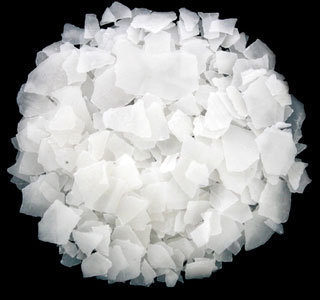Welcome To ChemAnalyst

The USA’s leading ammunition and chemicals manufacturer, Olin Corporation, has announced to decommission the remaining of its diaphragm-grade chlor-alkali capacity in Mclntosh, Alabama with an output of 200,000 ECU (electrochemical units), in order to supplement its revised business model that focusses on cash generation from stronger markets. The Alabama chor-alkali facility generates diaphragm-grade caustic soda and chlorine. The company is planning to take down the Mclntosh, Alabama plant by quarter-three of 2023.
The company’s move marks its resolute to cut down its investment in weaker markets like diaphragm-grade caustic soda that incur low returns due to stagnant demand. This shutdown is additional to the 2021 first-quarter closure of the 200,000 ECU diaphragm-grade chlor-alkali plant at Mclntosh, Alabama. The company further went on to shut down 20% of its diaphragm-grade chlor-alkali plant at Plaquemine, Louisiana in the second quarter.
On completion of the shutdown of the Mclntosh, Alabama plant, the company will succeed in downsizing 885,000 ECU tons of high-cost diaphragm-grade caustic soda capacity since the start of 2021.
The industrial production of caustic soda is done either through the diaphragm process or the membrane cell process. Caustic soda prepared from the membrane cell process is the more preferred grade owing to its high purity (having <100 ppm of NaCl contamination) over the diaphragm-grade caustic soda (having 1.2% of NaCl contamination) and environmental-friendliness. Caustic soda, chemically known as sodium hydroxide, is a strong base which is widely used in various end-user industries that include detergents, pulp and paper, textiles, metal processing, mining, glass making.
As per ChemAnalyst, despite the demand for diaphragm-grade caustic soda being stable in the USA, the removal of significant capacities from the market is expected to create a caustic soda supply shortage in the market. The shortage is expected to stay unless Olin expands its high purity caustic soda production facilities or the other market players enhance production rates at their caustic soda facilities. The low supplies in the USA may trigger higher caustic soda imports in the country, a scenario which is not new, as the USA had already increased the imports of caustic soda from Indian suppliers last month due to low domestic production after the damage caused by Ida hurricane in the USA gulf coast. The high imports will easily pave way for inflation in caustic soda prices which will be compensated by passing on the expense to the consumers.
We use cookies to deliver the best possible experience on our website. To learn more, visit our Privacy Policy. By continuing to use this site or by closing this box, you consent to our use of cookies. More info.
